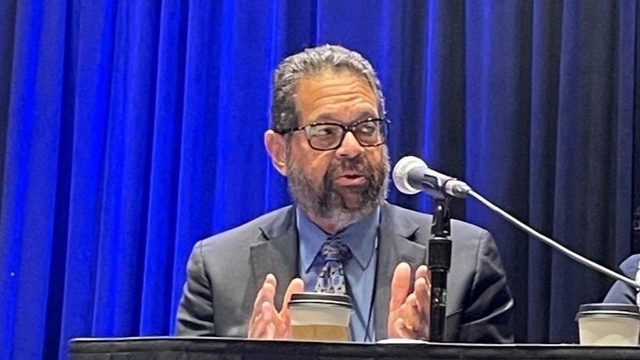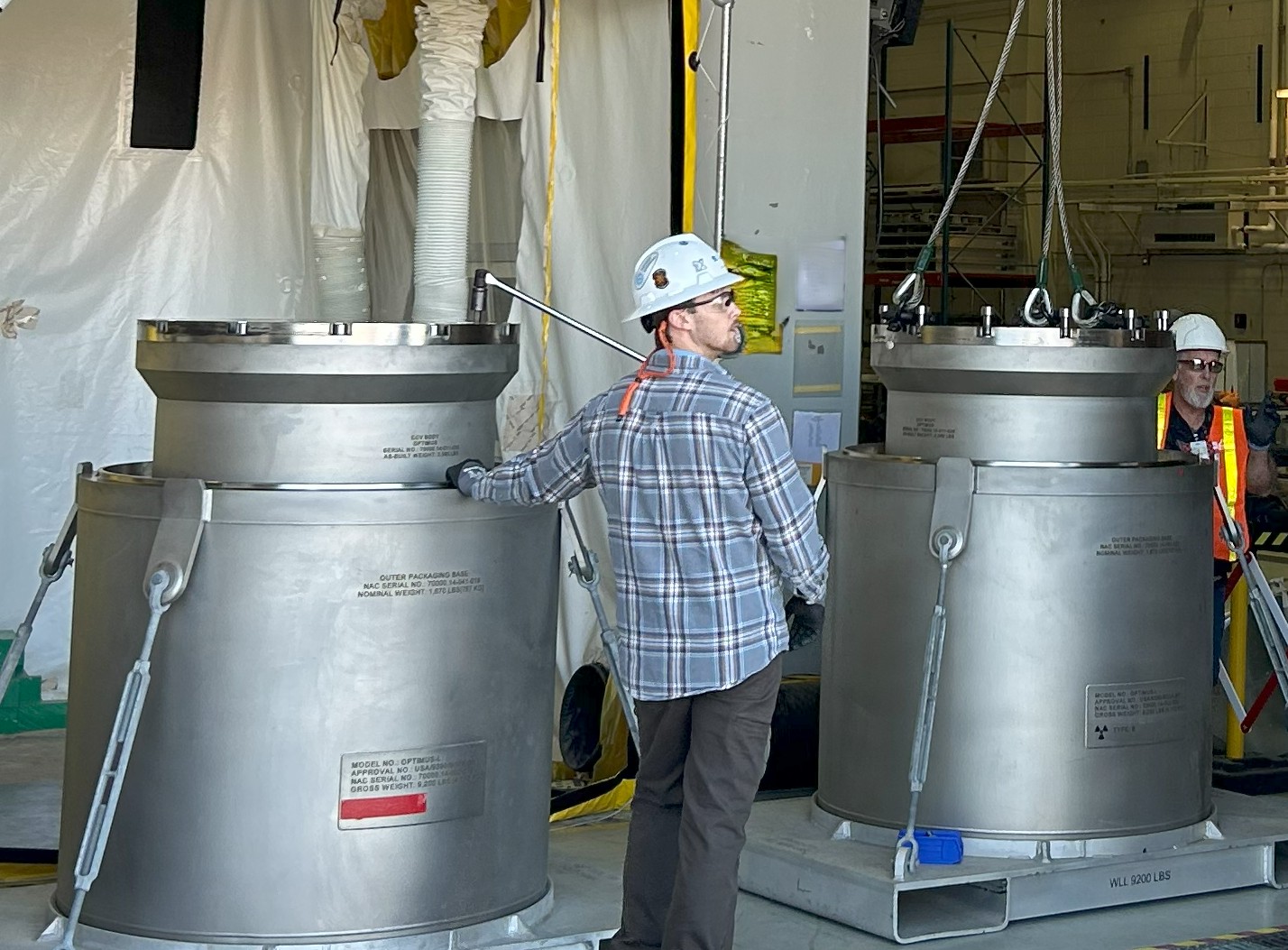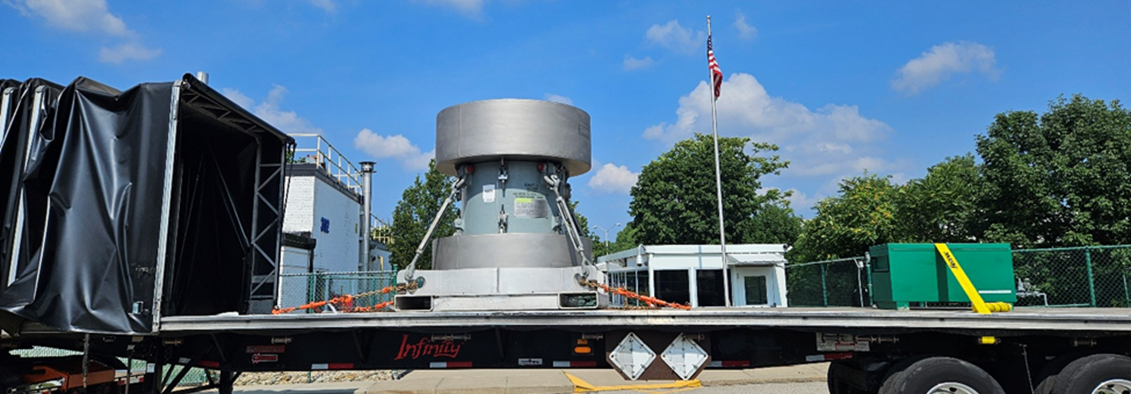Tito Bonano: A Passion for Waste Management

Dr. Tito Bonano is one of the experts affiliated with NAC’s network of nuclear industry consultants; find out more here.
It’s hard to imagine taking on an issue of global significance like radioactive waste disposal from a modest home in suburban Albuquerque, New Mexico, but that’s exactly what Tito Bonano has done. He lives and works as a consultant there, following a career at Sandia National Laboratories where he played a key role in U.S. efforts to address the country’s radioactive waste challenge. But for Bonano, this wasn’t just a job; it was a passion – one that changed the direction of his life, and one that still spurs him on today.
After first coming to New Mexico in 1979, Bonano had promised his wife they would return to their native Puerto Rico. But that didn’t happen as career opportunities to follow his passion began to unfold. Bonano is an expert in the behavior of mixtures of liquids, solids and gases – known as Multi-Phase Flow. Managing those factors alone is a challenge, but when radioactive waste is in these forms, the challenges increase dramatically.
From a design perspective these are big issues, Bonano points out, explaining all sorts of effects occur across temperature ranges. But Bonano was well-positioned in this discipline well before he began addressing radioactive waste issues. Multi-Phase Flow captivated him as a graduate student in chemical engineering at Clarkson University after his undergraduate chemical engineer degree at the University of Puerto Rico-Mayagüez. He went on from there to work on these issues in paper and pulp manufacturing. The radioactive waste challenge came soon after when the chance arose to join Sandia National Laboratories.
Eventually leading Sandia’s Nuclear Energy Fuel Cycle Program, which he did for more than a decade, Bonano directed programs on small modular reactors; advanced energy conversion systems; fuel cycle systems engineering and analysis; storage, transportation, and disposal of nuclear waste; and advanced modelling and simulation, as well as safety analysis for nuclear space launch missions. Areas addressed by the program included R&D on applied technology to find solutions to technical and safety issues associated with the use of radioactive materials in nuclear fuel cycles, including their storage, transportation, and disposal.
A strong mindset as a ‘stickler’ stood Bonano in good stead. “I play by the book all the time,” he says, explaining that he took fiduciary responsibilities and custody of taxpayer money “extremely seriously.” It’s the kind of approach that makes a good fit with highly regulated nuclear work. And the ‘stickler’ tag was affectionately applied by Dr. James Peery, SNL’s Director, when nominating Bonano for the Lifetime Achievement Award in 2020 for Great Minds in STEM, given at the Hispanic Engineer Achievement Award Conference (HENAAC).
“You have to try to do the right thing,” says Bonano, “regardless of what the consequences may be.” That means applying a strong sense of what’s right and wrong, as well as being “sure not to mix friendships with responsibilities.” That doesn’t mean friends are not allowed – Bonano has them everywhere at every level. But by being a stickler for the right thing, “You may lose here or there, but you will come out on top in the end.”
Don’t let his rule on friendships fool you – people and relationships have always been key to Bonano’s career. Without the mentorship of Dr. Jim Davis, his graduate school advisor, he would not have come to specialize in multi-phase flow or taken a role at Sandia.
“As a manager I always tried to surround myself with the best people I could get, give them the resources they need to get the job done, and then get out of the way,” he said. “Then give credit when they deliver the goods.”
People come first in client relationships, too. “You need to understand your customers,” says Bonano, “I do the homework up front because I want to understand who I'm talking to.” That same over-arching principle applies to nuclear waste management itself. “The social aspect of nuclear waste management is the toughest problem,” he says. “The technical problem is comparatively easier.”
He should know. With a key role in the former Yucca Mountain project Bonano oversaw the submission of a repository application that was approved by the U.S. Nuclear Regulatory Commission, only for it to be cancelled for political reasons.
But all that work stands on record and that’s why Bonano says, “Three to five years from now someone is going to solve this problem, and I will have contributed to it.” Thinking of his family, including three grandsons, he adds: “I want to make sure that we address climate change and how can I contribute. I want to see somebody put some waste in the ground.”



